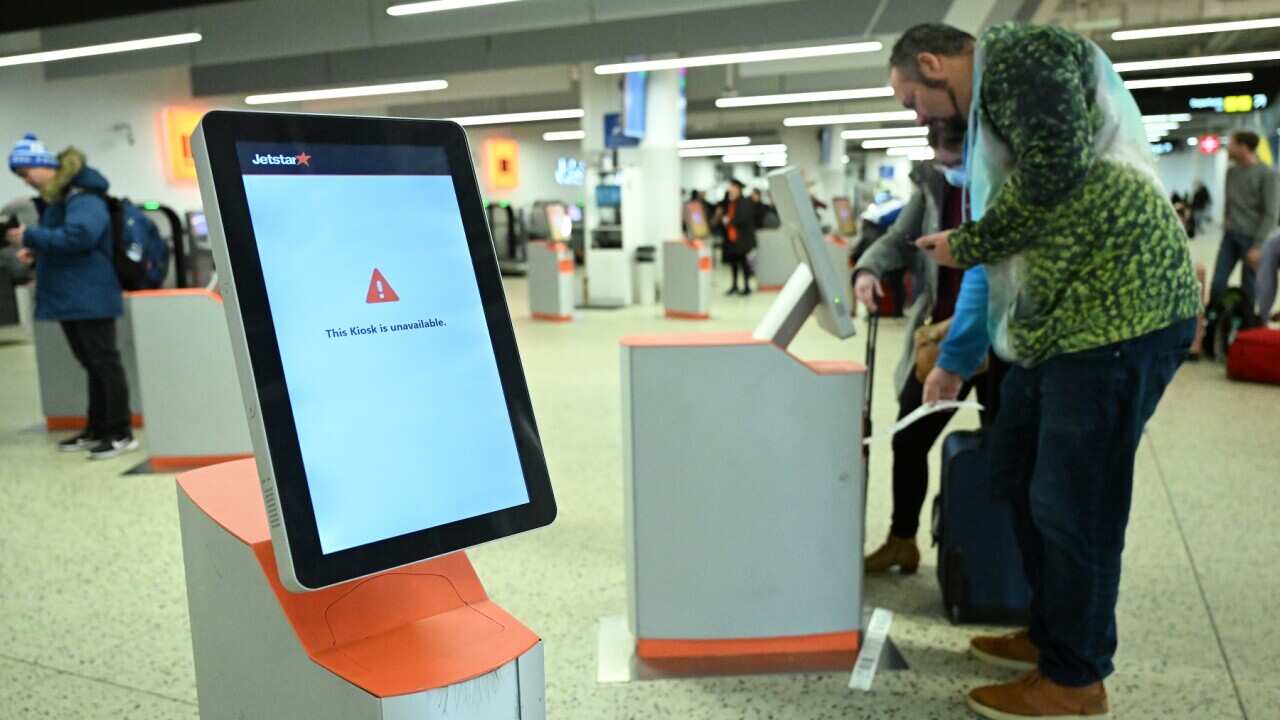TRANSCRIPT
At the foot of a mountain which has almost completely collapsed - a frantic effort to recover loved ones - is turning into resignation and despair.
At 3 o'clock on Friday morning, a mountain near the village of Yambali in Papua New Guinea collapsed, burying possibly more than two thousand people living below.
Itayi Viriri from the International Organization for Migration (IOM) says thousands have been affected by the landslide, their loved ones digging through the rubble with basic tools, even their hands.
“The National Disaster Centre has estimated that there are up to 2,000 people that are still buried under the rubble after the massive landslide that took place on Friday at 3 a.m., when most people are probably sleeping. The other confirmation that we got this morning from the provincial authorities is that collectively, the number of people that have been affected by this disaster are around 7,840, which is made up of 1,427 households. So this includes those presumed buried under the rubble, but also the six bodies that have been recovered so far.”
Australia has sent teams of technical experts to assist the initial recovery effort.
Murray Watt is Australia's Emergency Management Minister.
He says Australia is helping.
"I think all Australians are thinking about friends in Papua New Guinea at the moment and the terrible landslide that we saw with major casualties. And obviously as a good friend and neighbour to Papua New Guinea, we stand ready to assist in any way. This deployment is directly at the request of the Papua New Guinea. This is the assistance that they have sought and that's the assistance that is now being mobilised."
But with rain, unstable ground, and creeks now flowing through the debris.. there are concerns for people even further down the mountain.
Nicholas Booth with the United Nations Development Programme says the danger is not over.
"The search and recovery operation is it's hardly started. You know, the conditions are extraordinary difficult and actually the terrain is still moving. In fact, because the terrain is still moving, the number of people affected has gone up. Right. So there's a number of reasons why but the latest assessment the number of people affected is gone beyond the Ambala village. The terrain is still moving. It's extremely unsafe. It's too unsafe for rescue workers to be able to work, work there fully. It's too unsafe to be able to put the heavy moving equipment on the ground. This is delaying the essential work of beginning to try to move the rubble on the debris and actually get to get to, to the to the retrieval of those who are missing."
With the village covered in rubble, thousands of people may have to permanently relocate.
But now, further complicating the aid effort, the only bridge leading to the site of the disaster has collapsed.
Ms Viriri explains why.
“The area itself, it's still very unstable. So the rain is still falling and there's always a risk that there might be further landslides. And the reality also is that access to the area for government and other agencies is quite difficult. Just today, this morning, one of the main thoroughfares leading to this area, a bridge there collapsed, and now they have to fix it to make sure that all the convoys that are going to provide support have access.”
The exact cause of the landslide still unknown.
Pierre Rognon with the Sydney University School of Civil Engineering says seismic activity may be to blame.
"What we do know is in this particular location in PNG, there is a very active fault, seismic fault, so earthquakes and volcanoes are there // more likely than not it is a contributing factor. We also know that rainfalls are quite significant in PNG."
But it's a political drama instead of the landslide dominating headlines in the capital.
James Marape's government could face a no-confidence vote this week, potentially creating more uncertainty.
In the highlands where the temperature drops to single digits overnight, the situation is fragile, with a heightened risk of disease and the potential for more landslides as people continue digging for loved ones buried under six to eight metres of rubble.





